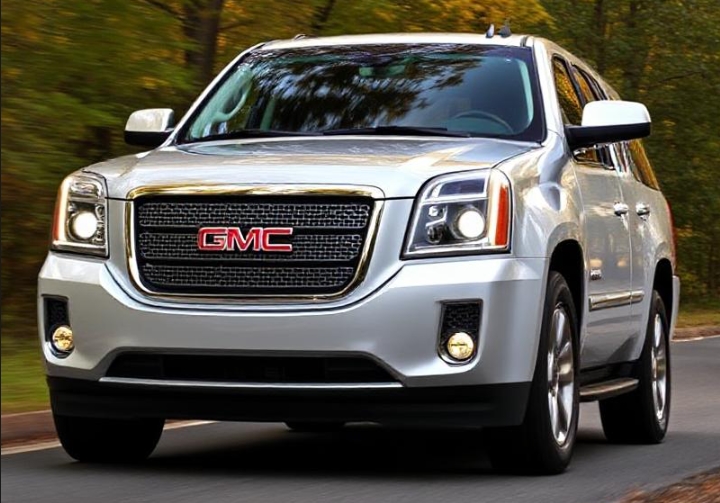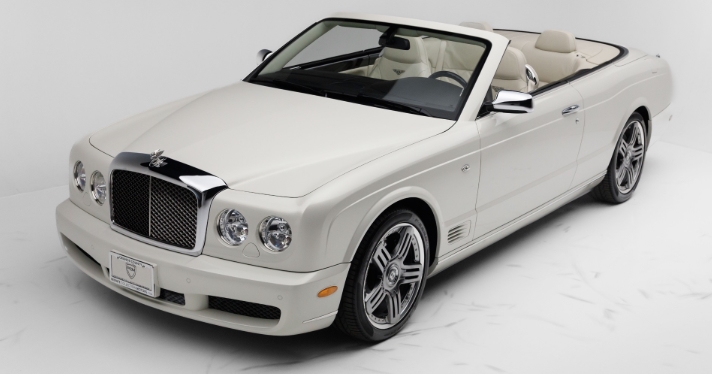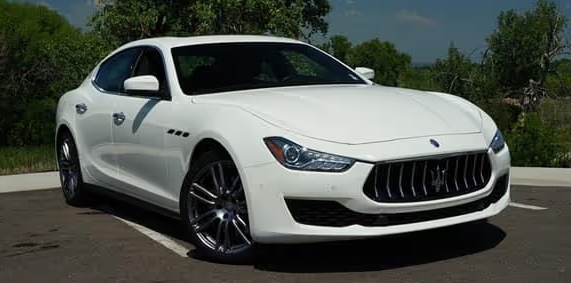The Evolution of the GMC Envoy
The GMC Envoy, a mid-size SUV, provides a fascinating glimpse into the evolution of automotive design and user preferences over the years. Since its initial release in 1998, the Envoy has undergone significant transformation, reflecting changes in technology, safety, and consumer needs. This article will explore the history of the GMC Envoy, detailing its production years, models, trim levels, and its standing in the automotive market.
1. Introduction to the GMC Envoy
The Envoy was first introduced in 1998 during an era when SUVs were rapidly gaining popularity. GMC, known for its rugged trucks and SUVs, aimed to capture a segment of buyers looking for a reliable and capable vehicle that suited both urban and suburban lifestyles. Built on the General Motors GMT360 platform, the Envoy shares many components with other GM models such as the Chevrolet TrailBlazer, Oldsmobile Bravada, and Buick Rainier.
2. Generation One (1998-2000)
Production Years: 1998-2000
The first generation of the Envoy debuted in 1998 and primarily targeted buyers looking for a comfortable and spacious SUV. Launched in two primary configurations—standard and the somewhat more luxurious Envoy XL—the first version was equipped with a 4.2L inline-six engine, capable of producing 270 horsepower and 275 lb-ft of torque.
Trim Levels
- Envoy: The base model featured power windows, keyless entry, and a decent sound system.
- Envoy SLT: Added luxury features such as leather seating, upgraded audio, and increased options for wheel designs.
The Envoy XL, which was introduced later, extended the wheelbase and was designed to provide additional interior space, allowing for more passenger and cargo room.
3. Generation Two (2001-2009)
Production Years: 2001-2009
In 2001, GMC introduced a refreshed version of the Envoy which lasted until 2009. This second generation included deeper changes in design and performance. The Envoy featured a sleeker, more aerodynamic body style, upgraded interiors, and improved safety features, reflecting trends of the early 2000s.
Trim Levels
- Envoy: The base model maintained many of its previous comforts but began to include more advanced features as standard.
- Envoy SLT: Luxury options continued to be available with improved quality materials.
- Envoy Denali: Introduced in 2001, the Denali trim became the top-tier model, providing an upscale interior, enhanced engine options, and unique styling cues that set it apart from the other models.
By 2005, the Envoy received additional engine options, including a more powerful 5.3L V8 engine, alongside continued advancements in technology, such as satellite radio and Bluetooth integration as it progressed into the later years of this generation.
4. Special Editions and Facelifts
Over its second generation, the GMC Envoy also spawned various special editions and facelifts aimed at catering to niche markets. Notably, the 2008 redesign provided a more contemporary look with updated grilles, bumpers, and lighting elements.
In 2005, GMC showcased the Envoy XUV, a unique version of the vehicle that featured a retractable roof and a flexible cargo area, appealing to a broader audience that ranged from recreational to utilitarian vehicle demands.
5. Discontinuation and Legacy (2009)
Final Production Year: 2009
The GMC Envoy was officially discontinued after the 2009 model year, but it left a lasting impression on its buyers. By this time, the SUV landscape had shifted considerably, with consumers increasingly leaning towards smaller, more fuel-efficient vehicles and crossovers.
GMC’s decision was notably informed by a general downturn in SUV sales amid rising gas prices and changing consumer preferences toward compact crossovers. The Envoy’s final production run was characterized by solid sales, particularly in its Denali trim.
.
Did your vehicle make the cut?
GMC’s Best Made Cars
.
6. Market Impact and Consumer Reception
During its production run, the GMC Envoy was generally well-received for its spacious interiors, smooth ride, and powerful engines. The Denali, in particular, won accolades for combining utility with luxury, appealing to those seeking a balance between comfort and capability.
However, as the automotive landscape evolved and gas prices fluctuated, the Envoy struggled to maintain its relevance in a market that increasingly favored crossovers over traditional SUVs. The Envoy’s discontinuation was indeed a reflection of those shifting trends.
7. The Legacy of the GMC Envoy
The GMC Envoy’s legacy is that of adaptability in a changing market. From its initial offering in the late 1990s to the shift toward fuel-efficient vehicles in the late 2000s, it showcased GMC’s pursuit of innovation while remaining rooted in traditional SUV qualities.
Though the Envoy itself is no longer in production, it set important precedence for GMC’s later models and the broader SUV market. Its blend of comfort, capability, and upscale features paved the way for newer GMC models like the Acadia and Terrain. The Envoy’s history remains a testament to GMC’s expertise in producing vehicles that balance luxury and rugged utility.
8. Conclusion
In conclusion, the GMC Envoy represents an important chapter in the history of GMC and the evolving landscape of SUVs. Through changes in design, technological integration, and adaptation to market demands, the Envoy not only served its purpose as a family-friendly vehicle but also reflected the cultural shifts in vehicle ownership and driving preferences.
While the GMC Envoy has been absent from showrooms for many years now, it remains a beloved model for enthusiasts and owners who appreciated its combination of ruggedness, comfort, and style. As the automotive industry continues to innovate, the legacy of the Envoy will still be felt in the growing demand for vehicles that harmonize luxury, performance, and versatility in a single package.







